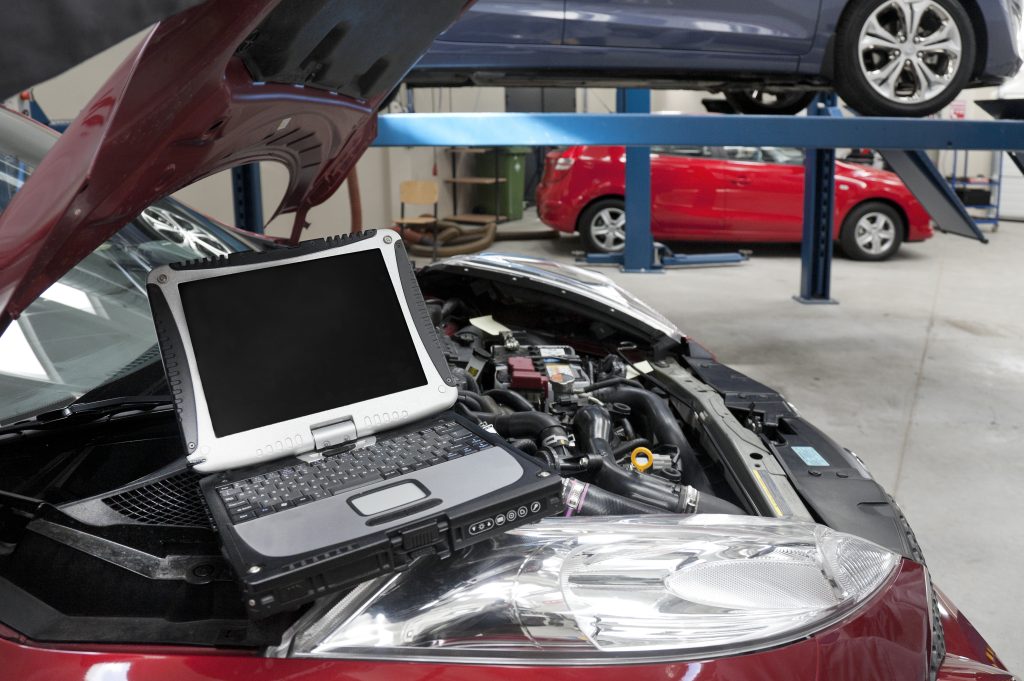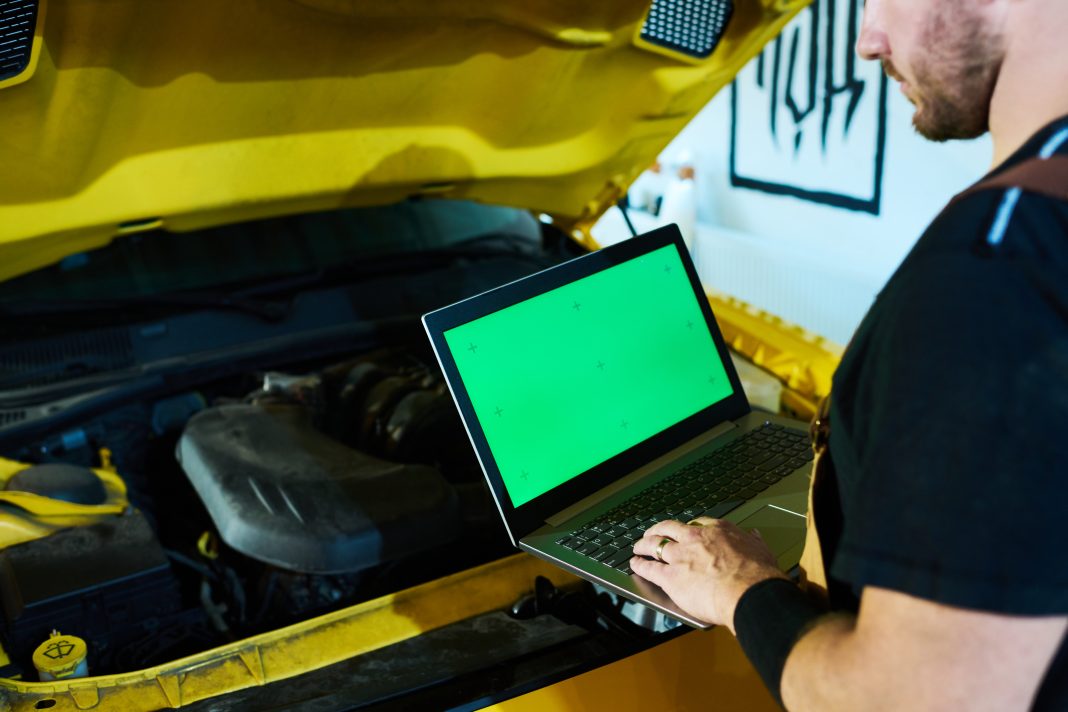As vehicles become more technologically advanced, the tools and skills required to repair them have also evolved. Mechanics are no longer just working with wrenches and screwdrivers—they’re using diagnostic systems, sensors, and data-driven technology to identify and fix problems faster than ever. At the heart of this transformation lies car repair computer software, which not only improves efficiency but also serves as a powerful learning platform for technicians. By bridging the gap between traditional expertise and digital innovation, this software is helping auto professionals stay ahead in a rapidly changing industry.
From Hands-On Work to Digital Expertise
In earlier decades, car repair was largely based on experience, intuition, and manual inspection. Mechanics learned by listening to engines and identifying problems through trial and error. But today’s vehicles come with sophisticated electronic systems that require a new kind of knowledge—understanding codes, software updates, and diagnostic data. Car repair software enables mechanics to analyze a vehicle’s digital footprint, detect issues through real-time data, and interpret technical reports with precision. This combination of mechanical and digital expertise represents the future of automotive craftsmanship.
A Built-In Learning Tool
Beyond daily diagnostics, repair software doubles as an on-the-job training resource. It guides mechanics step-by-step through repairs, suggesting procedures, tools, and compatible replacement parts. Many platforms include built-in knowledge bases, video tutorials, and troubleshooting libraries that allow mechanics to learn while they work. This continuous, hands-on education eliminates the need for lengthy external training sessions, empowering even new technicians to gain confidence quickly.

Closing the Skill Gap in the Industry
The global automotive repair industry faces a growing skill shortage as older mechanics retire and newer recruits enter with limited technical experience. Repair software helps close this gap by standardizing diagnostic and repair procedures across workshops. Regardless of experience level, every mechanic can follow the same structured workflow, reducing inconsistencies and ensuring that all customers receive high-quality, accurate service. Over time, this standardization helps elevate the entire industry’s skill level while reducing the dependency on a few senior experts.
Improving Accuracy and Confidence
For many technicians, one of the biggest challenges is diagnosing complex issues in hybrid or modern vehicles filled with sensors and integrated circuits. Repair software removes the guesswork. Its data-driven approach ensures accuracy, helping mechanics avoid costly mistakes. When the software suggests a repair path based on live sensor data or previous repair trends, technicians can make decisions confidently—an essential trait in high-pressure shop environments.
Boosting Productivity and Employee Retention
A well-trained, confident team performs better—and stays longer. Shops that invest in repair software often see improved productivity and reduced employee turnover. The technology makes work easier, less stressful, and more rewarding. When mechanics can diagnose faster, complete tasks efficiently, and continuously improve their skills, they feel more valued and engaged. In turn, this creates a more stable and professional workforce.
Building a Future-Ready Workforce
As electric and autonomous vehicles continue to rise, the need for digitally skilled mechanics will only grow. Those trained on software-driven systems today will lead the industry tomorrow. Repair software is not just a tool—it’s a bridge to the future of automotive service, where human expertise and digital precision work hand in hand to keep vehicles running safely and efficiently.
Final Thoughts
In an era of rapid technological change, car repair computer software is doing more than just diagnosing cars—it’s empowering the people who repair them. By training mechanics in real time, improving accuracy, and fostering professional growth, this technology is helping create a workforce that’s skilled, confident, and ready for the future of automotive innovation.
